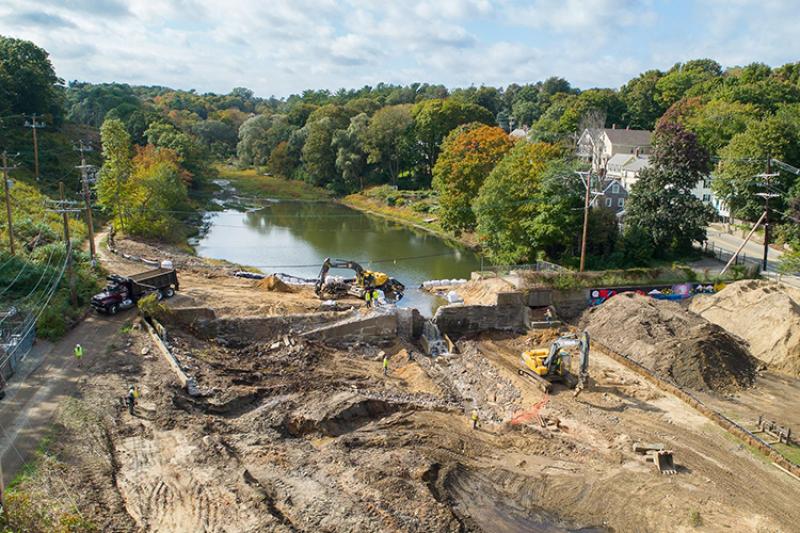Reopening Rivers to Migratory Fish in the Northeast
Posted
Last Updated
Our interactive story map highlights how NOAA and partners’ work reopening rivers in the Northeast helps benefit fisheries and communities.

Every year, millions of fish along the Atlantic coast migrate up rivers and streams to reproduce or spend part of their lives. But they are often blocked from completing their journeys by barriers such as dams and culverts. NOAA Fisheries works to reopen these migratory pathways, restoring access to healthy habitat for fish. Our efforts help sustain the cultural, ecological, and economic benefits these fisheries provide to communities in the Northeast.
Our new story map, Reopening Rivers to Migratory Fish in the Northeast, highlights the many benefits that opening rivers and streams to fish passage provides. These projects help to recover threatened and endangered species and build sustainable fish populations. They provide opportunities for recreation, like fishing and boating. They can also eliminate or lessen public safety hazards and risk, improve climate resilience, and build stewardship in local communities.

Visit our story map to learn about how our fish passage projects benefit fish and communities in the Northeast.
The NOAA Restoration Center in the Office of Habitat Conservation has worked for decades with countless partners to open habitat for migratory fish. Across the Northeast region, the NOAA Restoration Center has supported 302 fish passage projects since 1991. Together, these projects have opened more than 2,100 miles of river and stream habitat to access by fish.
With thousands of barriers still blocking fish migration across the region, there’s much more work to be done. NOAA Fisheries continues to lead the charge to open our rivers and streams to migratory fish by removing or building ways around barriers to fish passage. This work is critical in helping to recover threatened and endangered migratory fish, support the sustainability of commercial and recreational fisheries, and strengthen the climate resilience of coastal communities.
Read more at fisheries.noaa.gov

